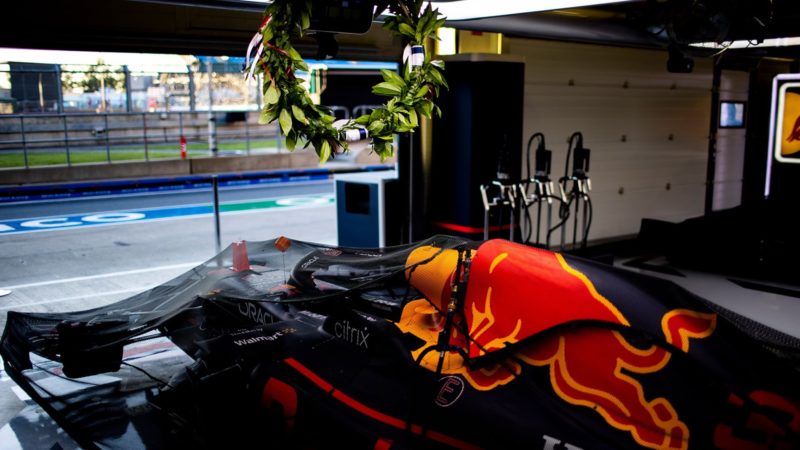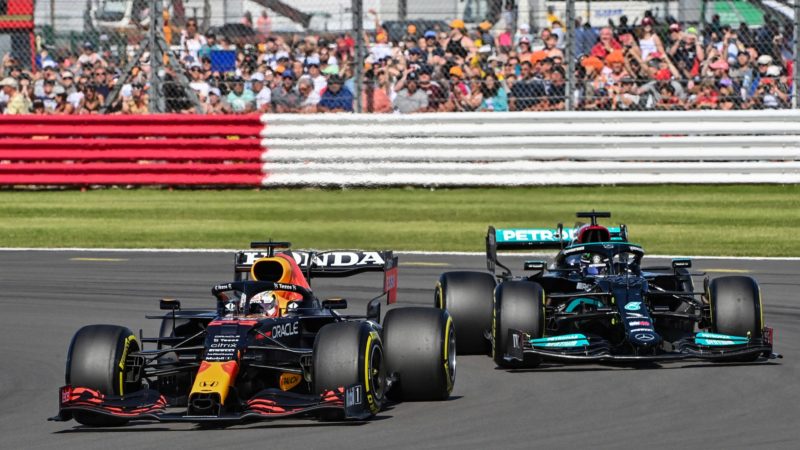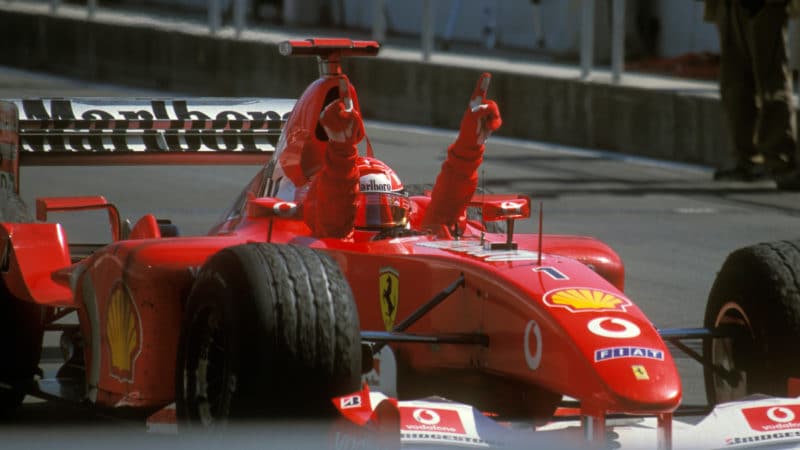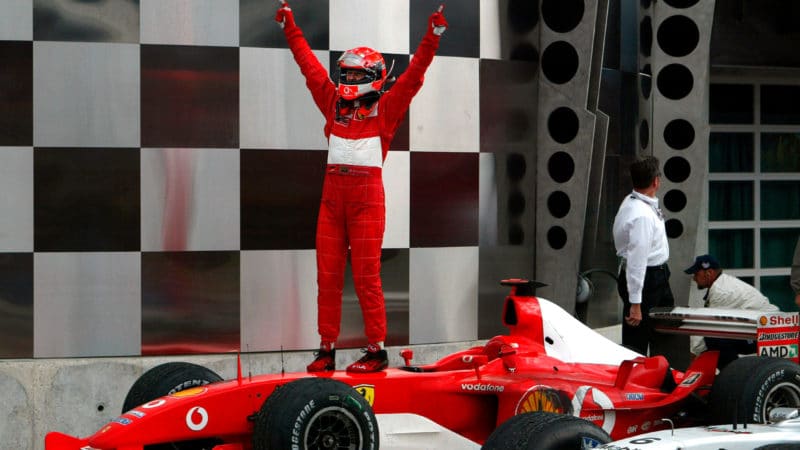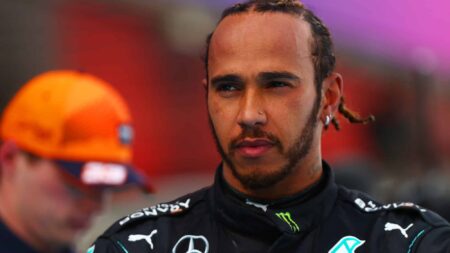With only one of the two practice sessions taking place prior to qualifying, teams are locked into parc fermé conditions from Friday meaning there is 60 minutes to refine the cars before they’re stuck with that for the remainder of the weekend.
Sergio Perez was the exception to that but it came at a great cost. His spin put him out of the top 10 and eventually his team opted to start him from the pitlane, but he’d only made it into 10th position by the closing stages of Sunday afternoon anyway.
Set the car up for ultimate one-lap pace and you could be sitting pretty on the grid but come race day, tyre life is at a premium and an aggressive setup could prove costly.
Go conservative and there could be some more overtaking required on Sunday but the moves should be easier with a more compliant car setup to cope with following another car in dirty air.
The added pressure of knowing a mistake could put you at the back of the grid for the points-paying race on Sunday only adds to the spectacle.
Then there’s the additional element of providing a teaser of what to expect for the main event and that is a positive not only for the fans, but the teams and drivers as well.
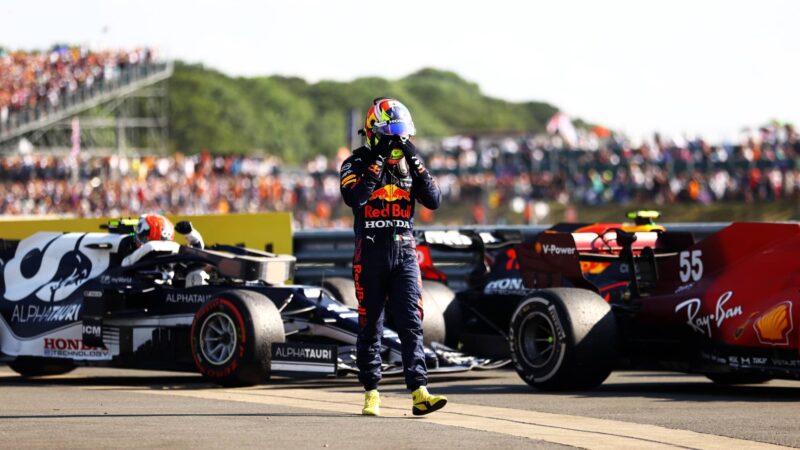
Mistakes are even more costly as Sergio Perez proved
Bryn Lennon – Formula 1/Formula 1 via Getty Images
Hamilton’s do-or-die move into Copse is the clear example but the level of analysis from the sprint qualifying event can also give a second chance to teams strategy-wise.
Mercedes spotted Red Bull was harvesting energy through Woodcote on Saturday so heading into the race, the team pointed it out as a weak spot and point of attack for Sunday.
Likewise, a free choice of compound for both sprint and GP offers greater options for different strategies.
Not to mention those live in attendance at Silverstone were treated to two race starts as part of their weekend ticket — as well as an additional sparring session courtesy of the red flag resulting from the Hamilton/Verstappen clash.
Value for money has long been a point of emphasis for the owners of F1 as they look to maximise the offering for fans on a race weekend.
The Silverstone afterparty, classic F1 car demo runs and various driver parades and interviews across the weekend is a peek at a model that might be appearing at more than the three races with Sprints this season.
After the 2002 dominance of Schumacher and his clinching of the world championship just over the halfway point in the season, any change that could dethroned him would’ve been welcomed by fans and all but one team with open arms.
With sprint qualifying, F1 might just have stumbled onto the winning formula for the future.
